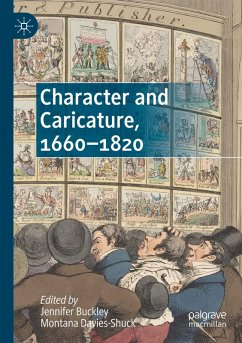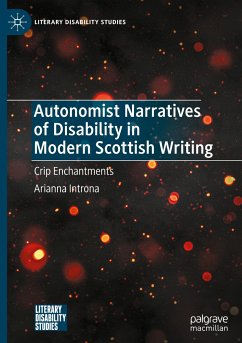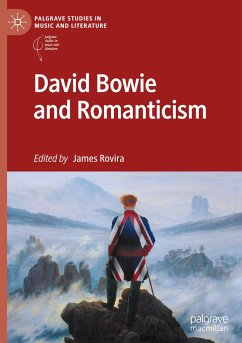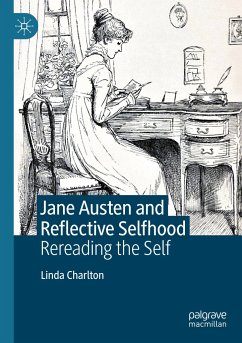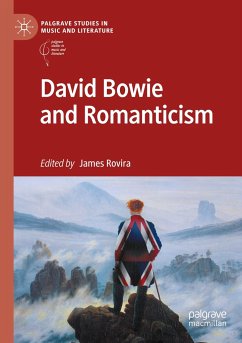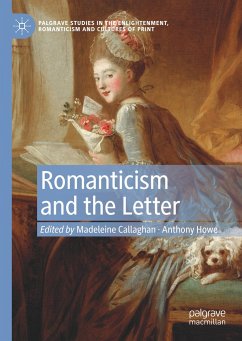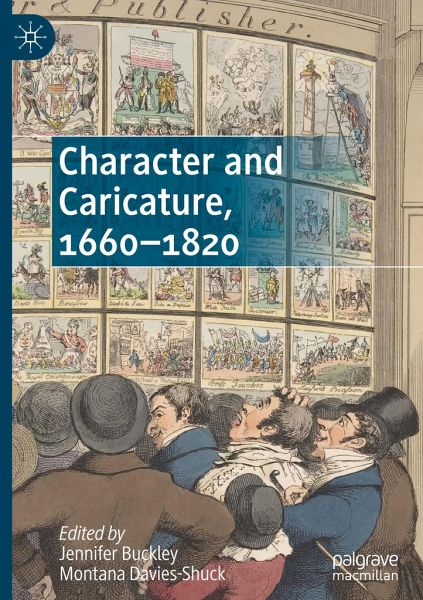
Character and Caricature, 1660-1820

PAYBACK Punkte
53 °P sammeln!
This edited collection offers a reappraisal of character as a precondition for caricature and addresses how the two began to merge, becoming increasingly interlinked over the course of the long eighteenth century. It emphasises the need to understand character more fully, arguing that the nuances and origins of caricature can only be appreciated in light of the genre's prehistory and reliance on popular character types. Interdisciplinary and multidisciplinary in approach, the collection makes use of a variety of theories and addresses fiction in its broadest sense, expanding and reconceptualis...
This edited collection offers a reappraisal of character as a precondition for caricature and addresses how the two began to merge, becoming increasingly interlinked over the course of the long eighteenth century. It emphasises the need to understand character more fully, arguing that the nuances and origins of caricature can only be appreciated in light of the genre's prehistory and reliance on popular character types. Interdisciplinary and multidisciplinary in approach, the collection makes use of a variety of theories and addresses fiction in its broadest sense, expanding and reconceptualising critical, historical and theoretical discussion of character. Chapters draw from disability studies, cultural materialism, gender studies and the history of sexuality, spatial theory and performance studies.



